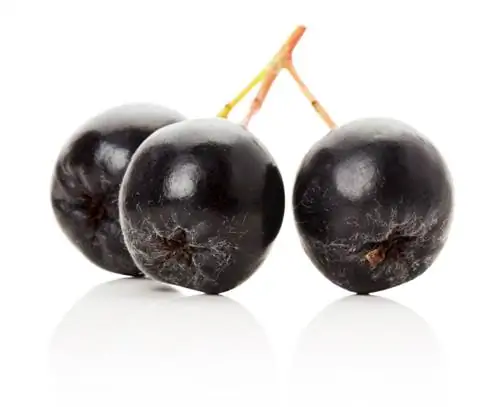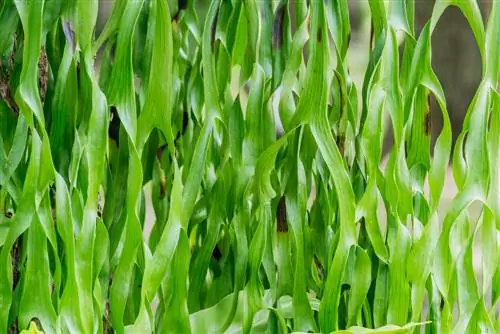- Author admin [email protected].
- Public 2023-12-16 16:46.
- Last modified 2025-06-01 06:02.
The cardamine family, as the foam herbs are also called, includes very different plants, some of which are annual and others perennial. The best-known species is probably the meadowfoam, which turns many meadows into a delicate purple sea in spring.

What types of foamweed are there?
There are several types of foamwort, including meadow foamwort, hairy foamwort, bitter foamwort and forest foamwort. They prefer different locations such as moist meadows, riparian forests, mixed beech forests or forest swamps.
What types of foamweed are there?
The meadowfoam likes to grow in moist meadows, in alluvial forests and also on nutrient-rich banks of ponds, streams or rivers. There it shows its white to pale purple flowers from April to June or July. Since the flowers contain a lot of nectar, numerous insects can be found in meadows with meadowfoam.
The hairy foamweed is far less hairy than its name suggests. It is also quite inconspicuous but annoying and grows up to 30 cm high. The forest foamwort likes to grow in mixed beech forests and likes the same nutrient-rich, low-lime, nitrogen-rich and slightly acidic soil as the hairy foamwort. Its upright stems are 10 - 50 cm long and the flower color is white.
The bitter foam herb tastes, as the name suggests, quite bitter. It prefers clayey-loamy soil and proximity to cool water. It is therefore often found in alder forests or forest swamps and less often in meadows. It belongs to the perennial species.
How to use foamwort?
Foamwort is ideal for use in herbal cooking. However, do not consume it every day and only in small quantities so that it does not irritate your stomach. If you have kidney problems, consumption is not recommended. Foam herb has a diuretic and blood purifying effect, making it an excellent remedy for spring treatment and detoxification.
Since the foam herb also has an anti-inflammatory and expectorant effect, it can also be used to relieve bronchitis and other respiratory diseases. No complicated preparation is necessary. Simply add a few young leaves to your salad or on a sandwich, mix them into herbal dishes or into a ready-made soup.
Different types of foamweed:
- Meadowfoam
- Hairy Foamweed
- Bitter foamwort
- Forest Foamweed
Tip
If you want to use foam cabbage in your kitchen, just try the different varieties. They differ a little in taste. Older leaves generally taste more bitter than young ones.






